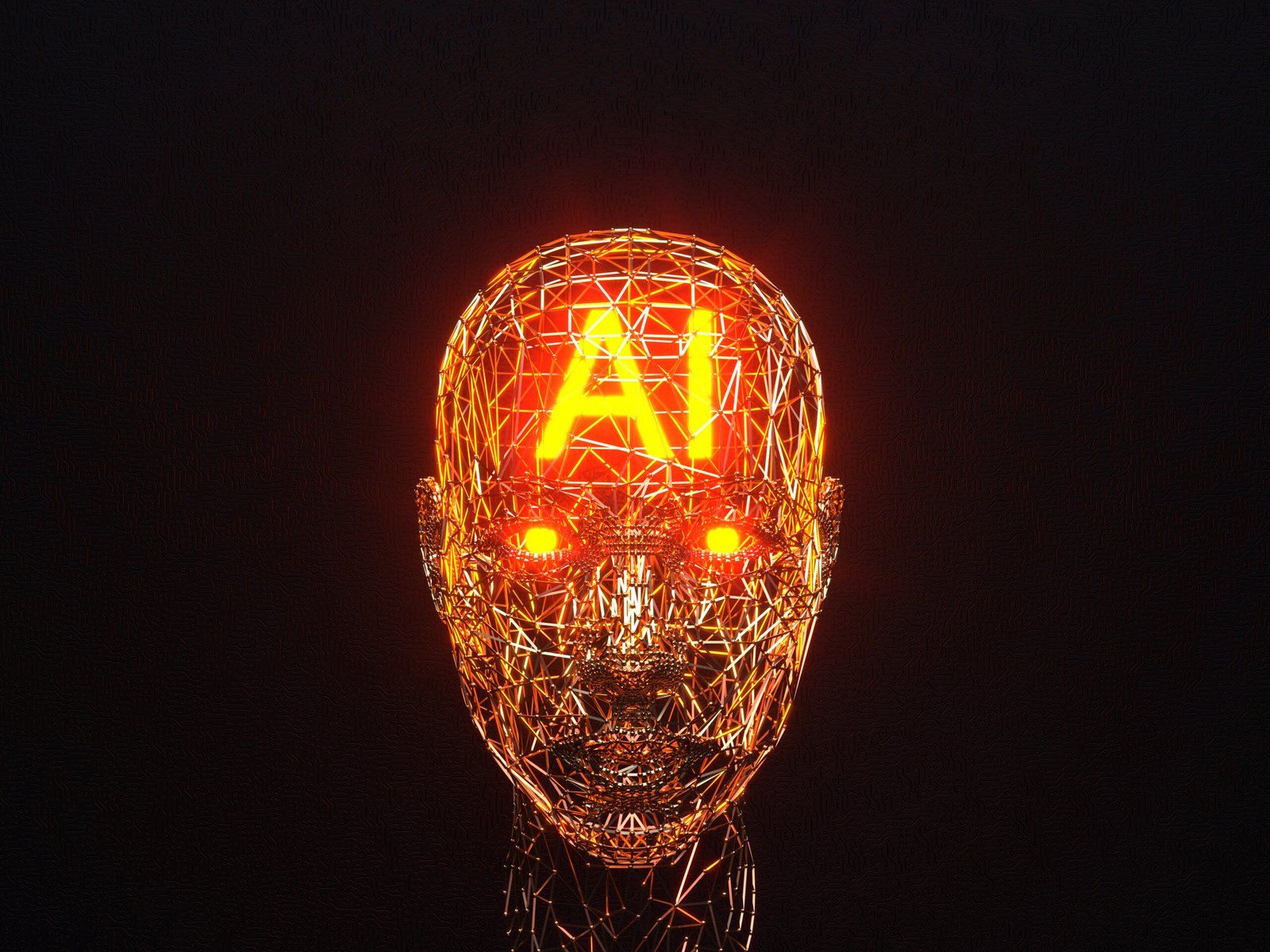
Natural Language Processing (NLP), once confined to the realms of science fiction, has now become an integral part of our daily lives, revolutionizing how we interact with technology and each other. From virtual assistants and language translation tools to sentiment analysis and content generation, NLP has evolved from a futuristic concept to a practical reality, shaping the way we communicate, work, and engage with information. In this blog post, we’ll explore the fascinating journey of NLP from science fiction to reality and the transformative impact it has had on artificial intelligence (AI) and society as a whole.
- The Birth of NLP: Science Fiction Inspiration
The concept of NLP traces its roots back to science fiction literature and films, where futuristic technologies allowed humans to communicate with machines using natural language. Works such as Isaac Asimov’s “I, Robot” and Stanley Kubrick’s “2001: A Space Odyssey” depicted advanced AI systems capable of understanding and responding to human speech, inspiring researchers and technologists to explore the possibilities of NLP in the real world.
- Early Developments and Challenges
In the 1950s and 1960s, researchers began experimenting with early NLP systems, laying the foundation for the field’s development. However, progress was slow, and early NLP systems struggled to understand the complexities of human language due to limitations in computing power, linguistic knowledge, and data availability. Challenges such as ambiguity, context, and linguistic nuances posed significant hurdles for NLP researchers, requiring innovative approaches and breakthroughs to overcome.
- Breakthroughs and Advancements
The advent of machine learning and neural network technologies in the late 20th century revolutionized the field of NLP, enabling researchers to develop more sophisticated algorithms and models capable of understanding and generating human-like language. Key advancements such as word embeddings, recurrent neural networks (RNNs), and transformer models have propelled NLP forward, unlocking new possibilities for language understanding, generation, and translation.
- Practical Applications in the Real World
Today, NLP has permeated virtually every aspect of our lives, powering a wide range of applications and services that enhance communication, productivity, and accessibility. Virtual assistants like Siri, Alexa, and Google Assistant use NLP to understand and respond to user queries, while language translation tools like Google Translate enable seamless communication across language barriers. NLP is also used in sentiment analysis, chatbots, content generation, and information retrieval, transforming industries such as healthcare, finance, marketing, and customer service.
- Future Directions and Challenges
Despite its remarkable progress, NLP still faces significant challenges and opportunities for improvement. Issues such as bias in language models, ethical considerations in language generation, and the need for more robust understanding of context and semantics remain areas of active research and debate. However, with ongoing advancements in AI, deep learning, and natural language understanding, the future of NLP holds immense promise for further innovation and impact.

